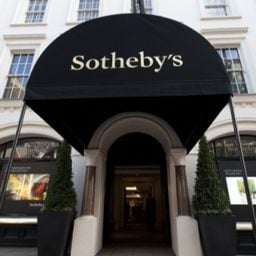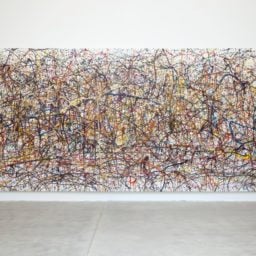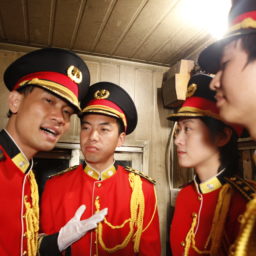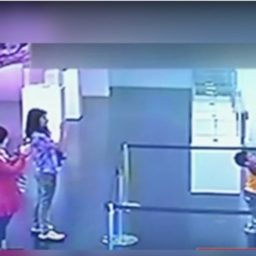

The art world looks East next week, when Shanghai art week kicks off in China’s second city. For visitors, choosing what to do and see in the vast metropolis of 24.5 million inhabitants can be a challenge, so we compiled this quick-and-ready guide to make things easier.
West Bund Art & Design (November 9—13)
Holders of a coveted VIP card for the third edition of Shanghai’s boutique West Bund Art & Design fair will be able to browse the selection of works on November 8. Everyone else will have to wait until November 9 to explore the booths of the 31 exhibitors, which will feature leading contemporary galleries from China and abroad.
Recommended: The Shanghai Project Offers Sustainability With Little Spectacle
Confirmed exhibitors include the likes of international heavyweights White Cube, David Zwirner, Hauser & Wirth, Perrotin, and Gladstone, as well as local galleries BANK and Aike-Dallarco.

art021 interior. Image: Courtesy of art021.
ART021 (November 10—13)
The fourth edition of ART021 gets started in Shanghai with a preview day on November 10. The fair, which includes 84 local and international participants, follows a larger format than its boutique counterpart.
Split into three sections, the fair primarily focuses on 21st century contemporary art and features exhibitors such as David Zwirner, Greene Naftali, Hauser & Wirth, Massimo de Carlo, and others. The “approach” section singles out solo presentations and curatorial projects showcasing artists of any age and features galleries such as 1335Mabini, Manila; SODA Gallery, Bratislava; Galeri Huit, Hong Kong, and others. Elsewhere, the “beyond” section highlights public art projects.
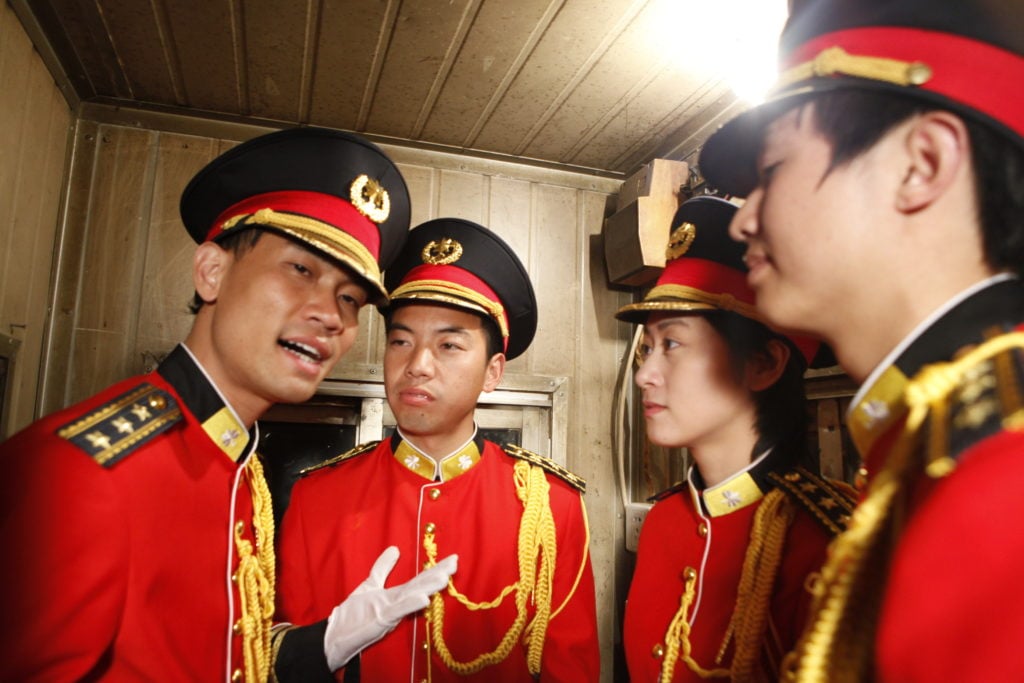
Hu Xiangqian, The Labor Song I Night (2016). Courtesy Shanghai Biennale.
Shanghai Biennale (November 11, 2016—March 12, 2017)
The Shanghai Biennale bills itself as China’s oldest and most influential international art biennale. It returns this year for it’s 11th edition, which will showcase 92 artists from across the globe. This year’s installment is to be curated by Raqs Media Collective, who will approach it with the question, “Why not ask again?”—the theme of this year’s festival.
The biennal’s main venue is a former power plant opened in 2012, and the rest of the show takes place in various locations across the sprawling city, including the Swatch Art Peace Hotel, the Good Choice Bakery, and the Shanghai Concert Hall Square, among other venues.
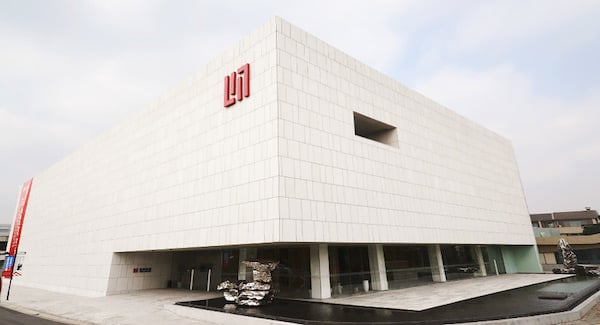
The Long Museum in Shanghai. Courtesy the Long Museum.
Long Museum
If you find yourself with time on your hands, and if you still have the energy to see art after two fairs and a biennale, why not stop by the Long Museum, China’s largest private art institution set up by the Chinese billionaire Liu Yiqian and his wife Wang Wei? The museum bridges the gap between East and West by showcasing traditional, modern, and contemporary Chinese art alongside western modern and contemporary works. Currently on view is “Re-sist-ance/Zheng Lu,” the artists first large-scale solo museum show in Shanghai.
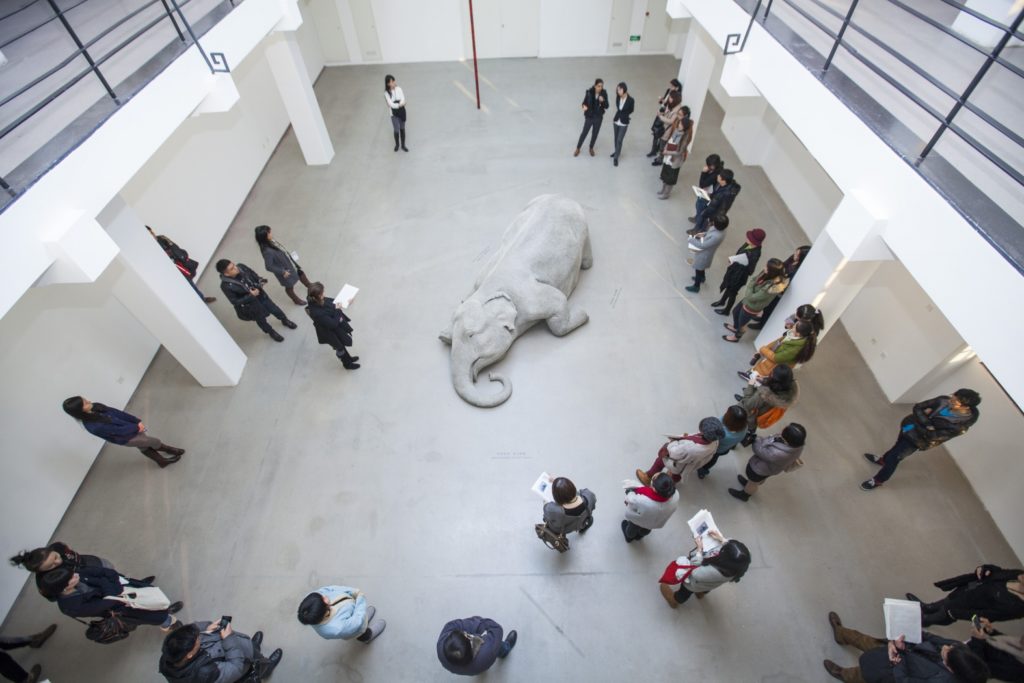
Installation view of “Bharti Kher: Misdemeanors” at the Rockbund Museum. Via Rockbund Museum website.
Rockbund Museum
Situated on the Bund waterfront, Shanghai’s Rockbund Museum is dedicated to contemporary art. The museum doesn’t have a permanent collection, which makes it uniquely placed to respond to developments within the field of contemporary art in a timely and expedient fashion. The institution has exhibited and promoted Chinese artists such as Cai Guo-Qiang and Zheng Fanzhi, as well as international artists including as Felix Gonzalez-Torres. Currently, the museum offers the first solo museum show in Greater China of the work of Felix Gonzalez-Torres.
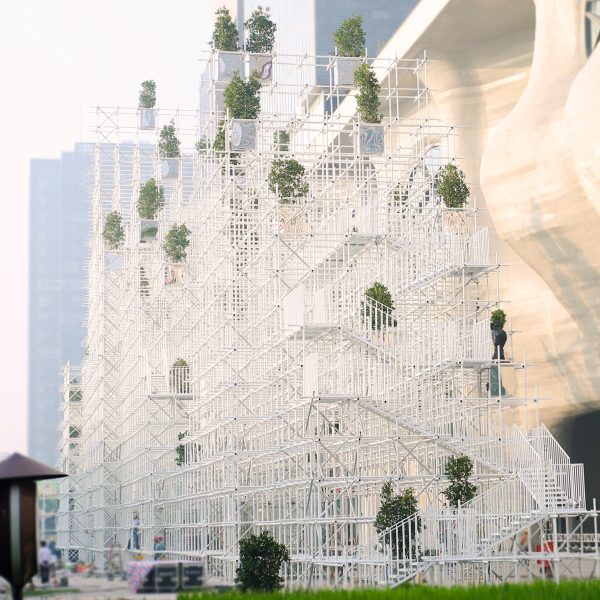
Sou Fujimoto’s Envision Pavilion for the Shanghai Project.
Shanghai Project
The Shanghai Project is a one-year festival of ideas that launched in September that pressed its participants to consider issues of sustainability for the next hundred years. It takes place across various venues in the city. Outside of the Himalayas Museum, architect Sou Fujimoto has designed the Envision Pavilion, a structure to house panels, art installations including those by Douglas Coupland and Cildo Meireles, and workshops such as Otobong Nkanga’s “Landversation,” an ongoing performance that offers conversations about the human relationship to land. On November 11, there will be a guided walk on the topic of sustainability in China and how the issues are being addressed by social entrepreneurs. And don’t miss “Qidian,” an exhibition of the work of artists born after 1989 at the Zendai Zhujiajiao museum. The show brings together artists in China with young Western artists (it is a collaboration with 89Plus, the project of Swiss Institute director Simon Castets and Hans Ulrich Obrist) to present work that contemplates sustainability. As an added bonus, the museum itself, located in one of Shanghai’s most beautiful historic water towns, is a spectacular backdrop.
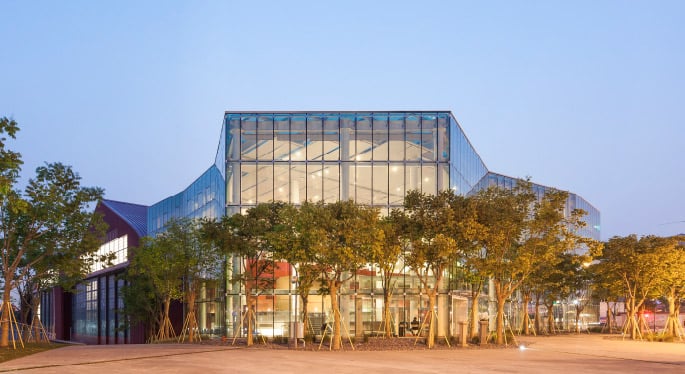
Yuz Museum. Photo: courtesy Yuz Museum, Shanghai.
Yuz Museum
Showcasing the private collection of the Chinese-Indonesian collector Budi Tek, the Yuz Museum is located in a redesigned hangar of Longhua Airport. The 9,000-square-meter space shows Tek’s collection of contemporary Chinese painting as well as recently acquired works by Western contemporary artists such as Maurizio Cattelan, Fred Sandback, and Adel Abdessemed. There are several exhibitions currently on view: “Overpop,” a show that is a curatorial conversation between gallerist Jeffrey Deitch and Chinese art expert Karen Smith which features artwork by Anicka Yi, Samara Golden, and Camille Henrot among others; “Andy Warhol Shadows,” and an exhibition by Swiss watchmaker Audemars Piguet called “To Break the Rules, You Must First Master Them,” a 12-room show that features a watch lab, a collection of timepieces, and a journey through the history of the brand’s birthplace.
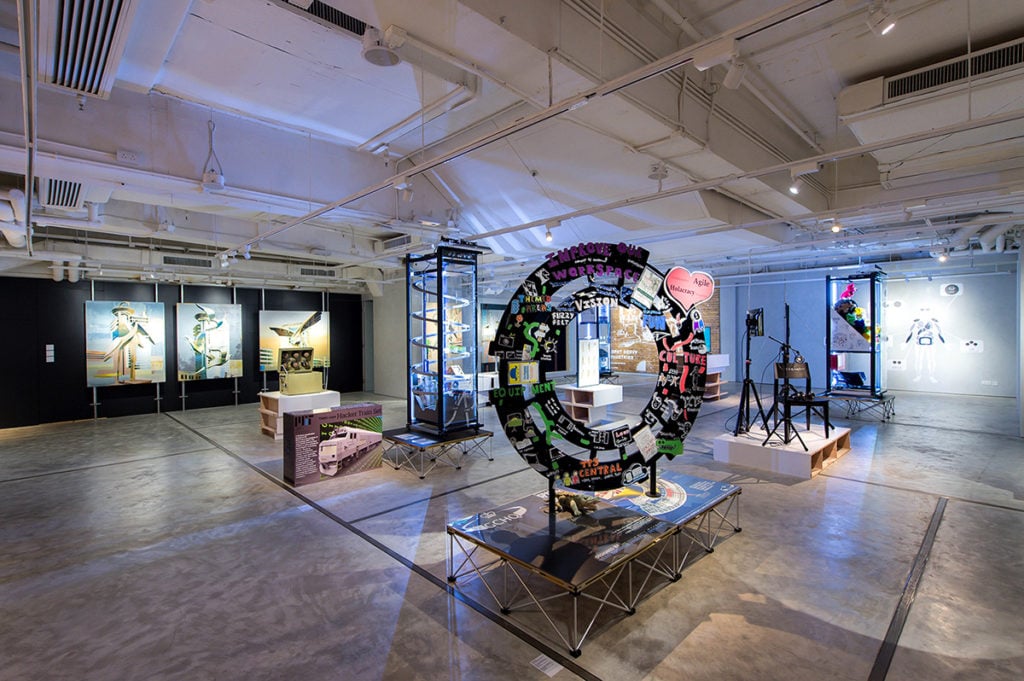
Installation view of Hack Space at a pop-up space of the K11 Art Foundation in Hong Kong during Art Basel Hong Kong 2016. Courtesy of the K11 Art Foundation.
K11 Art Foundation
The K11 Art Foundation continues its collaboration with the Serpentine Galleries with “Hack Space,” an exhibition, first initiated during Art Basel Hong Kong 2016. The show, which opens November 9 and includes work by Cao Fei, Simon Denny, and Li Liao, takes as its starting point the idea of hacking space, or that you can solve problems by radically adapting place and infrastructure in unconventional ways.

